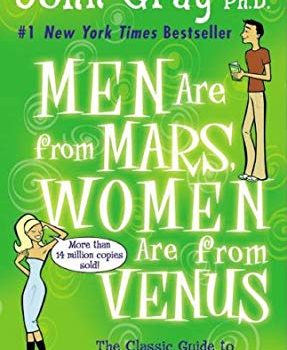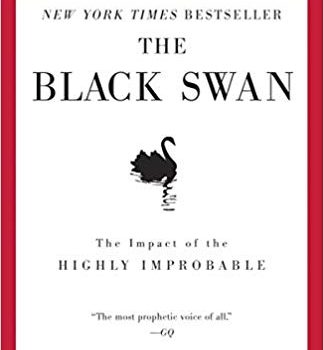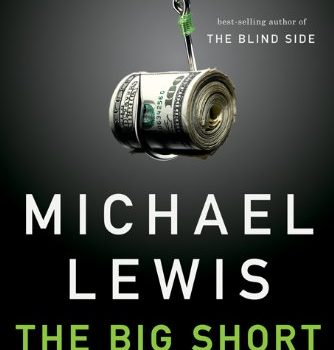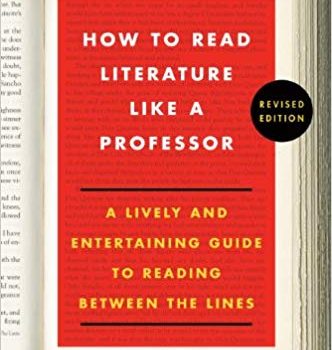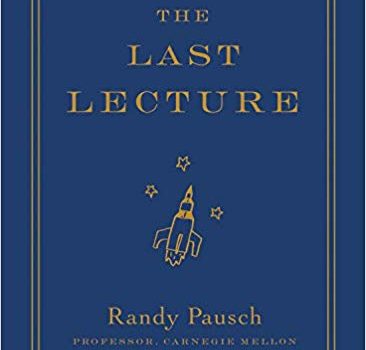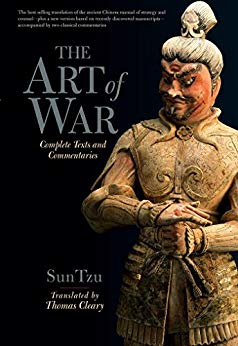The First 90 Days is a field guide for anyone undergoing professional transition. Through an eminently practical approach, it builds out a map for your first 90 days in a new role (whether that entails a promotion, a geographic move, or a lateral transition into a new company). Within that map, the book covers key aspects of such a transition including:
* How to effectively gather essential knowledge about your new role
* How to develop strong relationships with your new colleagues
* How to achieve wins early on
* How to grapple with the personal and psychological implications of the transition
Peppered throughout the book are concrete exercises and action points, which can be replicated for any job transition and will continue to serve as essential tools over the course of one’s career.
